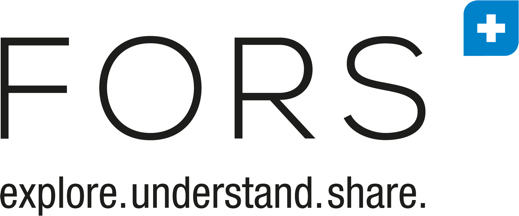Incentives in surveys
Incentives in surveys
FORS Guide Nº 08
Lipps, O., Herzing, J. M. E., Pekari, N., Ernst Stähli, M. Pollien, A., Riedo, G., Reveilhac, M. (2019). Incentives in surveys.
FORS Guides, 8, Version 1.2, 1-16. https://doi.org/10.24449/FG-2019-00008
survey design, unit nonresponse, response rates, sample composition, attrition
This FORS guide discusses the effect of incentives on survey completion/response rate, sample composition, and response quality. The guide particularly emphasizes the effects of different types of incentives – conditional vs. unconditional, monetary vs. non-monetary – for encouraging survey participation and reducing panel survey attrition in the Swiss context.
Copyright: © the authors 2019. This work is licensed under a Creative Commons Attribution 4.0 International License (CC BY 4.0)
2019

 Bâtiment Géopolis,
Bâtiment Géopolis, +41 (0)21 692 37 30
+41 (0)21 692 37 30

